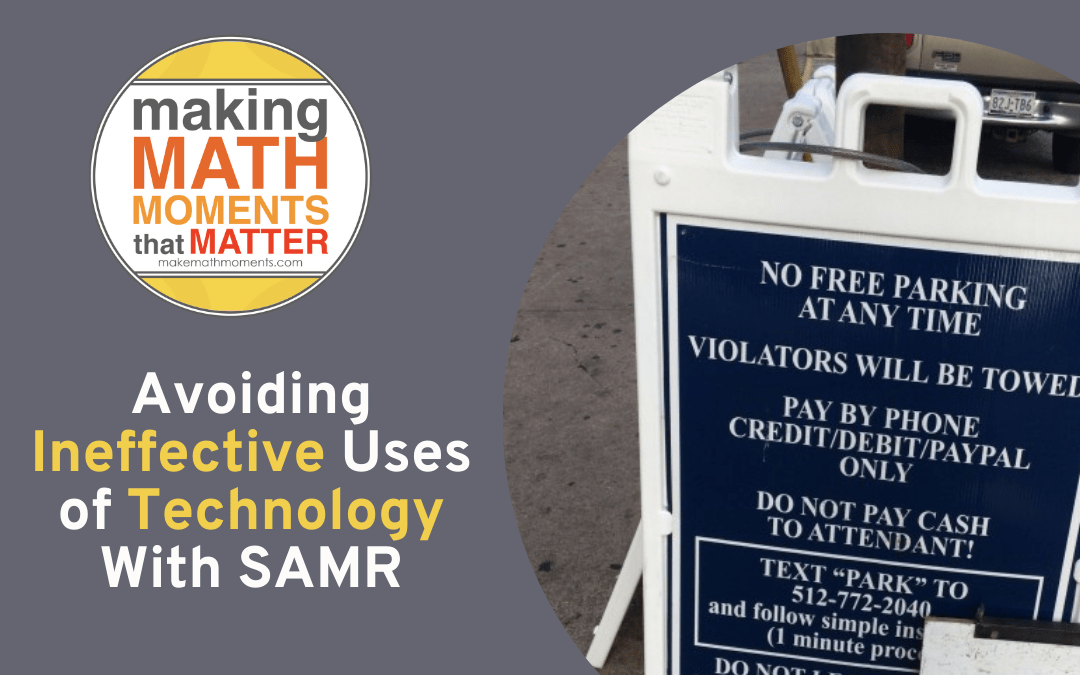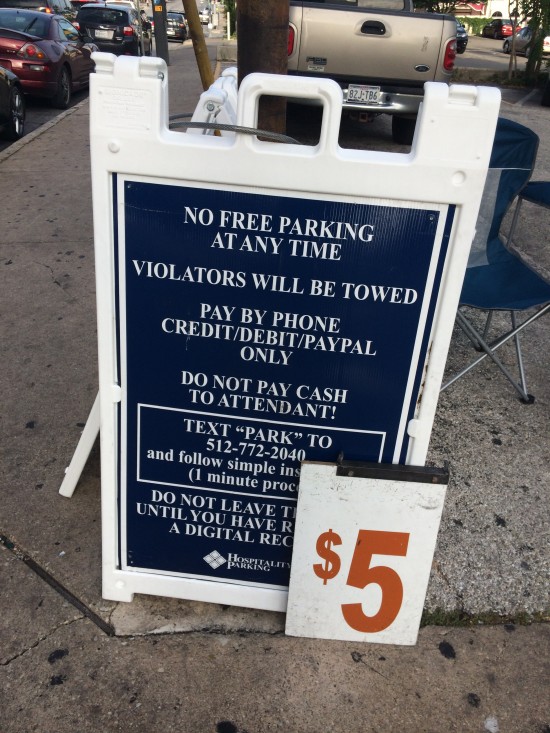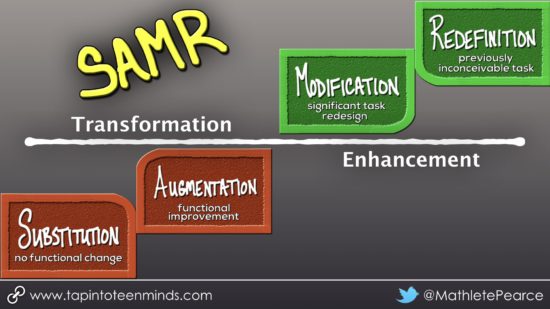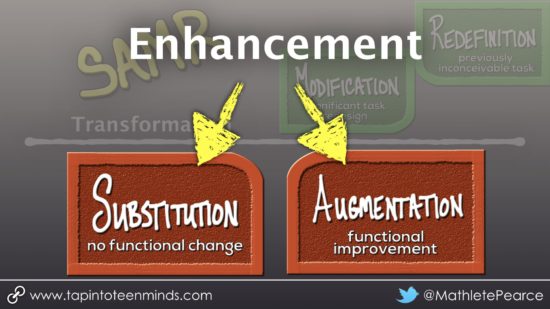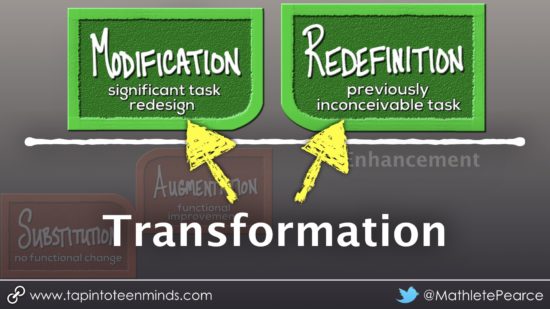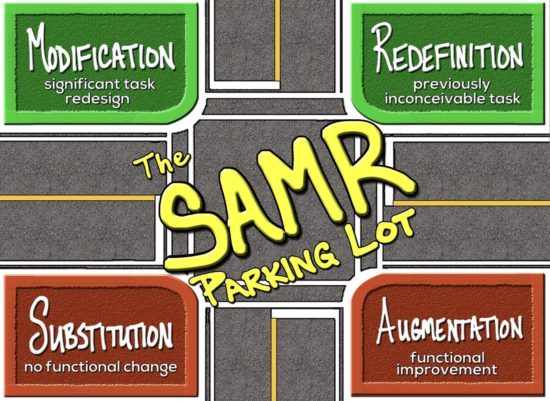After looking around the lot for a payment machine, I ended up back at the sign near the entrance.
Have a look:
After taking a glance at this sign, I couldn’t help but shake my head.
Not only did the sign have over 45 words, but the process to pay for parking was long and tedious. Even the owner of the parking lot knew it was overwhelming enough to write that the “simple instructions” would take only 1 minute.
I think we can all agree that cutting back on the amount of text on the sign would be a great idea, but I’m more concerned about the actual payment process for this parking lot. Not only does it require the customer to use their cell phones to send a text message, wait to receive a text message back, click on a link and then manually enter your credit card details on your smartphone, but there is actually a parking lot attendant there while you do all of this work. This system is too complicated for what they are offering, using text messaging like this is better for businesses that must use contact via technology to appeal to their customer base, for example, implementing SMS geofencing to help Uber and Lyft know where their customer is through text message is key, not when you are parking your own car.
Wait. I lied. There isn’t a single human being there who could make this process much easier by swiping your credit card or taking cash – there are TWO!
You can imagine how upsetting this could be to someone who is struggling to get through the “simple steps” as indicated on the sign. Luckily, I was travelling with friends who had United States cell phone plans because my Canadian cell phone roaming data charges would have made it cheaper for me to just get towed and pay the fee later.
So while this company has good intentions to use technology to make the payment process easier, they are experiencing the opposite result. Not only does this payment process limit revenue by restricting their customer base to only those with smartphones, but even smartphone users may possibly seek out a parking lot with easier payment options.
Good Tech Intentions; Poor Follow-Through
The parking lot experience reminded me a lot of what we often do in education when it comes to technology use. In Simon Sinek’s book, Start With Why and in summary during his TED Talk, How Great Leaders Inspire Action, he explains the importance of starting with why you are doing something rather than what or how you do it. In education, large budgets (how) are dedicated to the purchase of technology (what) prior to determining the reason (why) it is needed. In the case of the parking lot, the decisions of what and how to utilize technology as a tool for payment was made prior to determining why it was being considered in the first place. In the parking lot business, I’d have to assume most decisions are made with the goals of increasing revenue, decreasing expenses and possibly to increasing customer satisfaction. I think it is pretty clear to most of us that having a customer send a text message, receive a message back, click a link, enter your address and credit card details to finally pay for parking while employing two workers to do nothing but direct customers to instructions on a sign does nothing but hurt your business.
“Tech for Tech’s Sake”
I’m sharing this story as an example of how we can easily lose focus on why technology is so prevalent in the world today. We all see that technology is ever increasingly influencing how we live our lives each day including in education, however it is easy to forget why. When I encountered the long and tedious payment process for this particular parking lot, I immediately thought of how quickly I lost focus of why I had started integrating technology in my math class back in 2012. My initial goal was to use technology to more efficiently teach my math class and make the learning mathematics a richer experience for my students. However, there were many times when I would use technology and inevitably make the teaching and learning of mathematics more complex with little to no added benefit.
Using The SAMR Model
It was only after a number of years teaching with iPads in my math classroom that I came across research by Ruben Puntadura which he summarized as the SAMR Model. According to his research, he suggests that we can use technology in education to either enhance or transform learning.
According to his research, he suggests that we can use technology in education to either enhance or transform learning.
Furthermore, he claims that enhancing a lesson consists of either substituting what you are currently doing with technology or using the technology to augment your lesson, while technology use that is transformative consists of significantly modifying or completely redefining your instruction.
Let’s look at the SAMR Model more closely.
SAMR Model: Technology to Enhance Math Lessons
Substitution – No Functional Improvement
When we use technology as a replacement for something we have always done previously, but have not gained any functional improvement, our technology use is considered to be a substitution. An example of this might include using iPads to read static handouts that would typically be given out in a workbook and are not accessible in any cloud based storage for access from other devices via the internet.
Augmentation – Functional Improvement
The most common stage I tend to find technology being used at in the classroom is the augmentation stage. In this stage, technology is being used to provide some functional improvement to how teaching and learning may have taken place without technology present. For example, using iPads or Chromebooks as a tool for students to create digital portfolios to share with their teachers and parents or a teacher re-creating content currently presented in black and white transparencies on an overhead projector to slides with full colour diagram and details. The teacher may also choose to share the content on the internet so students can access the information from anywhere on any device.
SAMR Model: Technology to Transform Math Lessons
Modification
The use of technology in math class is considered to be transformational when the tools are used to redesign tasks significantly. To introduce the idea of systems of linear equations for example, the teacher could use their smartphone to record a video of different groups of items being weighed on a scale and have kids use their intuition to figure out the weight of one of the items and then share their thinking to the class using a tool like Knowledgehook Gameshow.
Redefinition
Another stage of transformational technology use in math class occurs when students are able to engage in tasks that were previously inconceivable without the use of the technology. For example, instead of the teacher giving definitions, rules and procedures to explain distance-time graphs, she could create a video of herself walking and ask students to sketch a prediction of what the graph might look like on their device using a tool like Desmos Activity Builder or PearDeck. Then, the students could use their device to record a partner walking and then challenge classmates to draw the matching graph.
When Can Technology Impact Student Learning?
While using technology can be fun and engaging for teachers and students, what we really need to be aware of is when the use of technology can actually impact student learning outcomes.
Although using technology as a substitute or to augment your lessons might improve the workflow of your math class, research suggests that you shouldn’t expect to see any significant improvements to student learning outcomes since the actual teaching and learning remains relatively unchanged.
However, when teachers find ways to transform their lessons with technology by significantly redesigning tasks or engaging in activities that were previously inconceivable without the technology tools, there is a potential (not a guarantee) to impact student learning outcomes.
Technology to Enhance and Transform Your Lessons
Something important to note about the SAMR Model is that you are not stuck to any one stage for any given period of time. One teacher can use technology for one portion of the lesson as a substitute, while completely redefining how another portion of the lesson might have been delivered without technology. I believe the key for educators is to try to find opportunities to transform how they teach mathematics with technology when appropriate, while avoiding falling into the trap of forcing it in situations where we aren’t at least getting some functional improvement.
The parking lot owner from the beginning of this post has to make very similar decisions to those that we must make as educators when it comes to using technology. We may have good intentions when we attempt to use technology in our business or in our classrooms, but it is easy to lose track of why we consider using a technology tool in the first place. If I can give any advice based on the lessons I’ve learned over the past five years teaching with 1:1 iPads in my math class, I’d suggest reminding yourself to reflect on the desired student learning outcomes you have set for the lesson/unit/course before you determine which tools – whether digital or not – give you the best chance to achieve those outcomes.
Only then will we be able to make appropriate decisions regarding which technology tools we should use in our classroom and when they are most beneficial to the students we serve.
Interested in reading more about the SAMR Model? Check out these blog posts:
Taking a Dip in the SAMR Swimming Pool – Carl Hooker
SAMR Swimming Lessons – Carl Hooker
SAMR Model Explained for Teachers – Educational Technology and Mobile Learning
Using SAMR to Teach Above The Line – Susan Oxnevad
Resources to Support the SAMR Model – Kathy Schrock’s Guide to Everything

